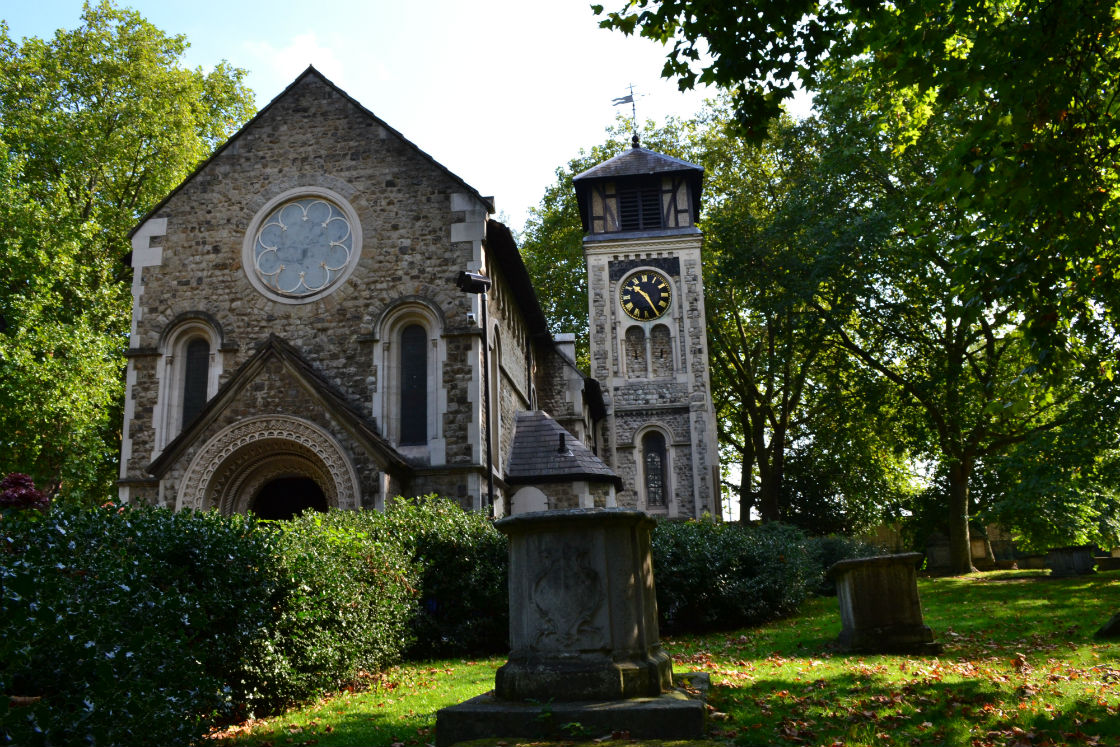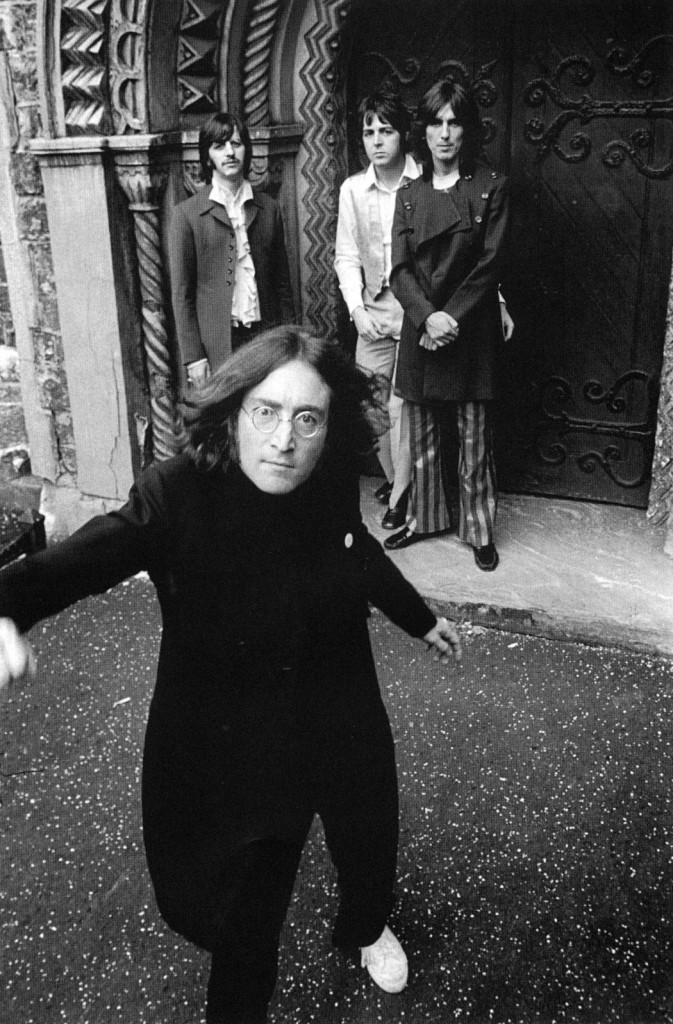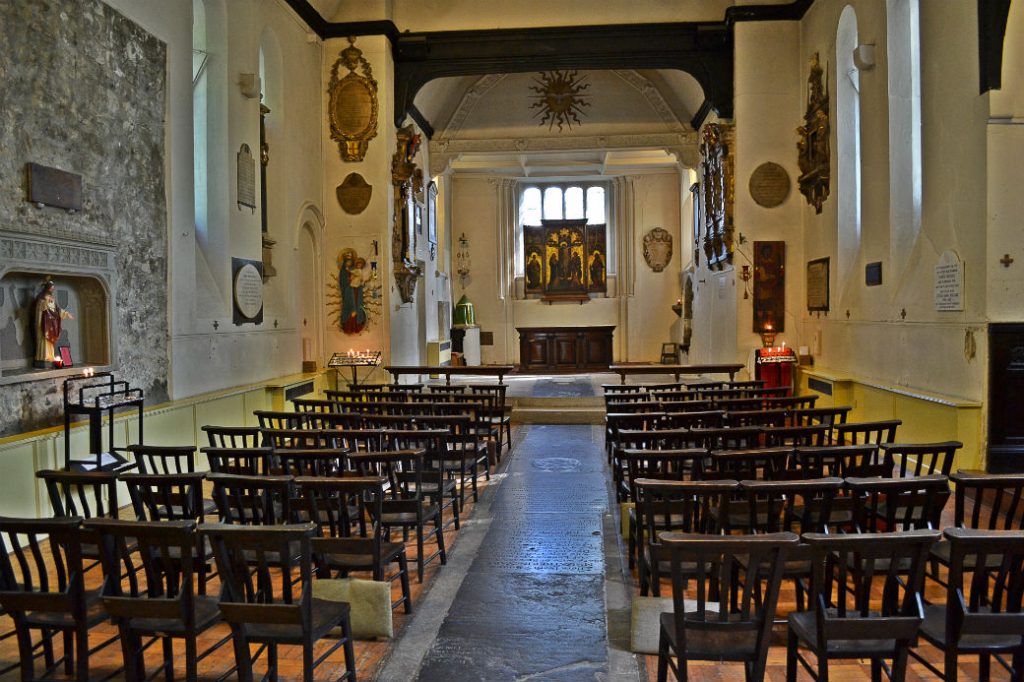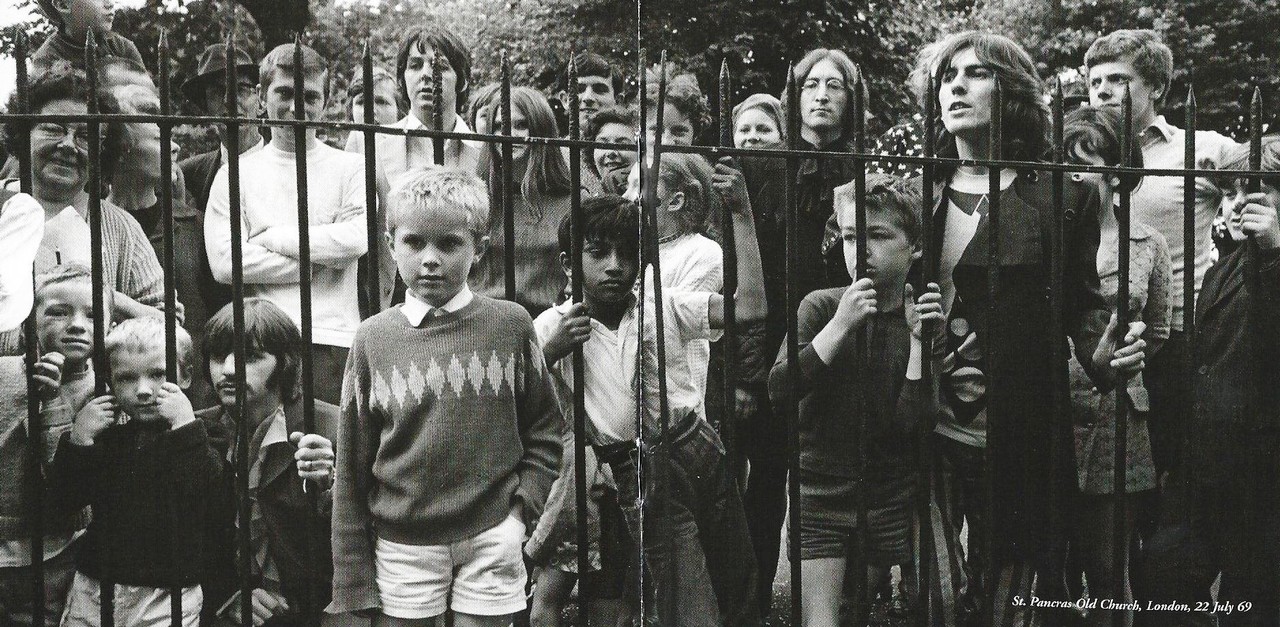
In 1968, no-one was more famous than The Beatles. This brought its own problems, as Justin Bieber would tell you today. The worst thing was the near-impossibility of escaping the public gaze, and having some time to walk around like any normal person.
The closest the Fab Four managed to this was their Mad Day Out in November 1968, when they travelled around London, finding interesting and quiet spots to take some photographs for their new album.
An early stop was the park and churchyard of St Pancras Old Church, one of the oldest sites of Christian worship in England, just behind St Pancras Station. Here they posed in front of the porch, the overgrown hollyhocks and the tall Victorian monument built in memory of the French émigrés from the French Revolution.

LOCAL ADVERTISING
Mary Shelley, the author of Frankenstein, used to rendezvous with Shelley next to her mother’s tomb to plan their elopement; Dickens recalls wandering through the churchyard; and Blake placed the site on his mystical map of London.
The church, which dates back to the fourth century, is also used to hard times. The roof has caught fire, the tower fallen down, and the area has had a reputation for all kinds of insalubrious activities, from grave robbing to highway robbery. Perhaps the most shocking intervention was the arrival of the railway in the nineteenth century. At this point, the churchyard was stuffed to overflowing (literally, according to some accounts), and had to be cleared for the new train tracks linking London to the midlands.
Once the bodies were moved to St Pancras Cemetery, Finchley (or in the case of Mary Wollstonecraft and William Godwin, Bournemouth) an architect oversaw the rearrangement of the tombs and gravestones. His assistant, the would-be writer Thomas Hardy, helped to construct what is now known as the Hardy Tree, a dense ring of gravestones sheltering under the bowers of a now fully-grown ash tree.
Sir John Soane, whose house in Lincoln’s Inn Fields is suitably eclectic, also has his tomb here, its shape an inspiration for the design of the British red telephone box. Inside the church are many fine memorials to those who have lived in the area, including Elizabeth I’s cook, Daniel Clarke, who inspired the Albany Street pub, the Queen’s Head and Artichoke.

Unusually for today, the church remains open daily, and there is a constant footstep of visitors finding a moment of calm within its walls, no matter what their religious persuasion: over a hundred candles are lit every day.
Every Sunday and Tuesday, church services following the somewhat dramatic High Church tradition that dates to the Victorian population boom in Camden and Kentish Town, bring song, community and prayer; a thing of beauty even to the most rational being, as sunlight streams through the south nave windows and incense-scented air. Coffee, cakes, and sometimes something more bubbly bring earthly comforts.
With its intimate acoustics, St Pancras Old Church also makes a fine venue for music, and, pre-lockdown, was host to regular folk and other musical concerts, adding to the vibrancy of this real north London landmark.
St Pancras Old Church, Pancras Road NW1.
Please support us if you can
With the sad demise of our free monthly print titles across London last summer due to advertising revenues in freefall, we now need your support more than ever to deliver the ‘good-news’ cultural stories that celebrate our neighbourhoods. Every contribution, however big or small, is invaluable in helping the costs of running the websites and the time invested in the research and writing of the articles published. Please support Gasholder and our flagship Kentishtowner here for less than the price of a coffee – and it only takes a minute. Thank you.



